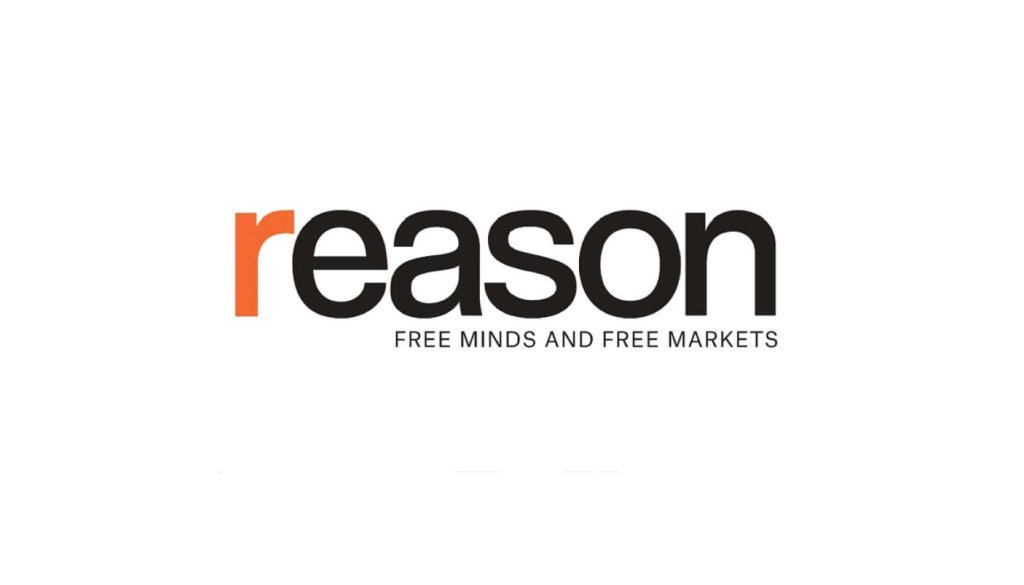Housing Policy 2024: the Good, the Bad, and the Ugly
Happy Tuesday, and welcome to another edition of Rent Free.
When we started this newsletter last December, I was somewhat worried that I’d run out of housing news to cover. Fortunately, that has not been the case at all.
This past year has produced almost too much activity in the wider universe of housing and land use policy for one person to write about. Even better, much of that news is good news. America’s cities and states are showing a budding interest in fixing their (largely self-imposed) housing crisis.
Still, as YIMBYs open doors, NIMBYs close windows.
For this week’s newsletter, it would be helpful to review the most important trends in housing policy over the past year, divided into the good, the bad, and the ugly.
But first, let’s ground ourselves by looking at the latest numbers on how many homes the country is putting up this year.
More Homes Are Being Built, Just Not in the Epicenters of the Housing Crisis
In the aggregate, the housing picture appears to be moving in the right direction.
America is on track to complete 1.6 million homes in 2024, according to the latest data release from the U.S. Census Bureau. The country is predicted to complete 10 percent more homes this year than in 2023, when 1.44 million homes were finished.
This good news looks even better when one zooms out a bit. Homebuilding has been rising steadily from the rock bottom rates we saw in the aftermath of the Great Recession. The country is on schedule to build about three times as many homes as we did in 2011.
High mortgage rates, supply chain disruptions, high inflation, and general pandemic-era chaos did not fundamentally alter this slow, steady upward trend.
Zoom out even more and things look somewhat less rosy.
Average homebuilding rates in the 2020s are about on par with homebuilding rates in the 1980s and 1990s. We’re undershooting the 1970s by a considerable margin. This is despite the U.S. population being larger today, home prices and rents being higher, household size being smaller, and the stock of pre-existing homes continuing to deteriorate (as the law of entropy would suggest it would).
One would assume we’d be building a lot because of those factors.
National aggregates also mask significant regional variation. The American South is building close to its historic highs. Meanwhile, the rest of the country is largely falling behind.
On a city-by-city level, these differences look even more extreme.
Booming Austin, Texas, is building about ten times the number of homes as San Francisco, California. The New York and Dallas metros are building roughly the same number of apartments, despite the former having roughly six times the population of the latter.
This is not simply a result of investment and construction activity chasing higher demand and higher prices. Home prices in low-building San Francisco and New York are well above Austin and Dallas. Nevertheless, it’s in Austin and Dallas where builders are in a frenzy to add more supply.
To be sure, the reason that Texas is booming and California is stagnating isn’t because the Lone Star State recently adopted a bunch of YIMBY/supply-side/deregulatory land use policies. Its growth and affordability are nevertheless vindications of the standard YIMBY story.
Texas never erected a slow-growth land use regime. It doesn’t have an environmental review law that anti-growth activists can use to drag out project approvals for years. Its counties aren’t allowed to do zoning. Its largest city—Houston—doesn’t have zoning either. There are no urban growth boundaries. Rent control is banned. So is “inclusionary zoning.” Trade unions don’t have a lot of state laws helping them coerce builders into paying above-market wages.
Not everything is perfect in Texas or other sunbelt states, obvio
Article from Reason.com

The Reason Magazine website is a go-to destination for libertarians seeking cogent analysis, investigative reporting, and thought-provoking commentary. Championing the principles of individual freedom, limited government, and free markets, the site offers a diverse range of articles, videos, and podcasts that challenge conventional wisdom and advocate for libertarian solutions. Whether you’re interested in politics, culture, or technology, Reason provides a unique lens that prioritizes liberty and rational discourse. It’s an essential resource for those who value critical thinking and nuanced debate in the pursuit of a freer society.




